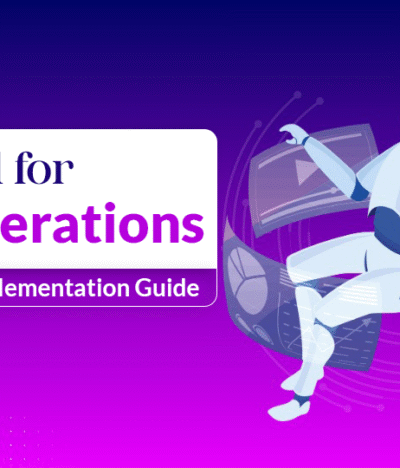In the dynamic world of retail, both online and offline, understanding and improving store performance is not just about numbers; it’s about the stories behind those numbers. Today’s business landscape demands a merger of customer experience (CX) strategies with artificial intelligence (AI) and analytics tools to truly decipher consumer behavior and store efficiency. But how do you keep a finger on the pulse of your store’s health, and which digital stethoscopes are best suited for the task? Let’s dive in.

The Digital Diagnostic: Analytics Tools to Gauge Store Health
From real-time sales data to customer footfall, the breadth of analytics tools available can be dizzying. Yet, choosing the right one hinges on what aspects of your store’s performance are paramount.
- Sales and Revenue Trackers: These tools provide a clear picture of your store’s financial health, highlighting trends, patterns, and areas needing attention.
- Customer Behavior Analytics: Understanding how customers interact with your store, both physically and digitally, can uncover invaluable insights into their preferences and buying habits.
- Inventory Management Systems: Keeping tabs on stock levels, turnover rates, and supply chain logistics can prevent loss due to theft, spoilage, or overstocking.
- Employee Performance Metrics: Your staff are the ambassadors of your brand. Monitoring their performance can lead to enhanced training programs and improved customer service.
Integrating CX and AI for Deeper Insights
Artificial Intelligence takes analytics a step further by not just presenting data, but by interpreting it.
- Predictive Analysis: AI algorithms can predict trends and consumer behavior, allowing you to be proactive rather than reactive.
- Automated Customer Service: Chatbots and AI-driven help desks can provide customers with instant support, improving overall customer satisfaction.
- Personalization Engines: AI can tailor the shopping experience for each customer, increasing the likelihood of conversion and retention.
Making Sense of the Data: From Numbers to Narratives
The data alone is not enough. The key is to translate analytics into actionable insights.
- Regular Reporting: Establish a routine for reviewing analytics to stay updated on your store’s performance.
- Segmentation: Break down the data into demographic or behavioral segments to target specific areas for improvement.
- A/B Testing: Use controlled experiments to test changes in your store’s approach, gauging effectiveness before full implementation.
- Feedback Loops: Ensure there’s a mechanism for incorporating customer feedback into the business strategy.
Conclusion
By harnessing the power of CX and AI with the right analytics tools, store owners and managers can transform raw data into a strategic asset. Remember, the goal is not to collect data but to create a data-informed culture where every insight is an opportunity for growth.




